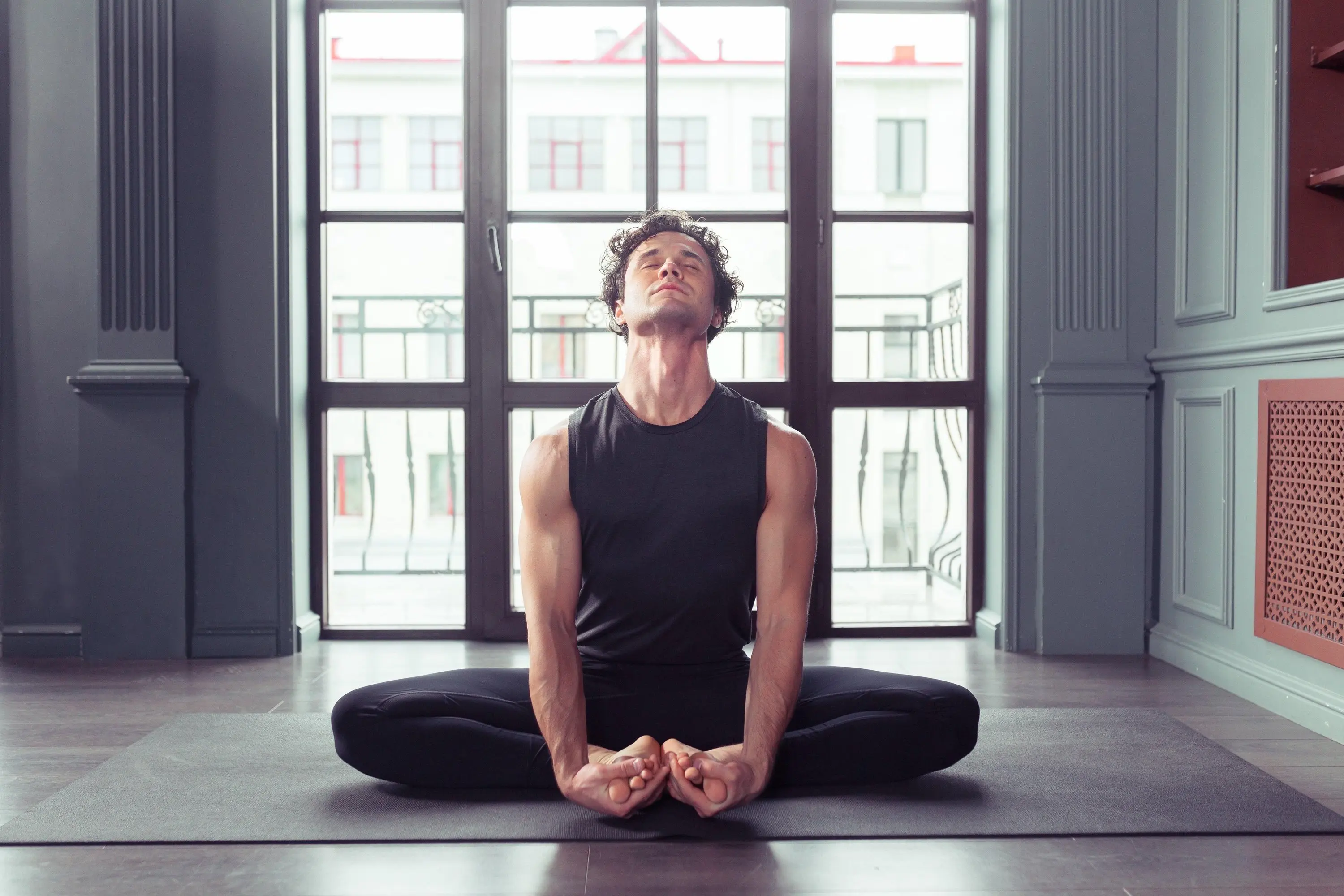Prostate issues, especially Benign Prostatic Hyperplasia (BPH), are a common concern for many men, particularly as they age. But did you know that simple exercises can help alleviate the symptoms of an enlarged prostate? In this article, we share five highly effective exercises that target the pelvic floor area, which directly benefits prostate health. These exercises, along with some herbal and nutritional support, can significantly improve your quality of life. Let’s dive into how these exercises can help and why they work.
1. Kegel Exercises
Kegel exercises are some of the most effective movements for improving prostate health, as they target the pelvic floor muscles where the prostate is located. Here’s how to do them:
- How to Perform Kegels: You can do this exercise while sitting, standing, or even while commuting. Contract your gluteal muscles (the muscles around your buttocks) as hard as you can. This should also cause a contraction of the anus and the area between your anus and scrotum, which is where the prostate lies.
- How Long to Hold: Contract the muscles for 5 to 10 seconds, then relax. Repeat this process for 10 repetitions, and aim for 3 sets per session. Do this anywhere from 3 to 8 times a day for maximum benefits.
- Why It Works: Kegel exercises strengthen the pelvic floor muscles and improve blood circulation to the prostate. You may experience a tingling sensation during or after this exercise—this is a sign that your prostate is benefiting from increased circulation.
2. Pelvic Tilt
Pelvic tilts are another great exercise that can help realign the pelvis and provide relief from prostate discomfort. Here’s how to perform this simple yet effective exercise:
- How to Perform Pelvic Tilts: Lie on your back with your knees bent and feet flat on the floor. Take a deep breath and push your lower back towards the floor by pulling your tummy in. This will tilt your pelvis and reduce the gap between your back and the floor.
- Hold and Repeat: Hold the tilt for 10 to 20 seconds, then relax. Repeat this exercise for 3 to 5 repetitions.
- Why It Works: Pelvic tilts strengthen the muscles in the pelvic region and promote better posture, which reduces pressure on the prostate.

3. Hip Thrusts
Hip thrusts help build the muscles around the hips and lower back, which are critical for prostate health.
- How to Perform Hip Thrusts: Lie on your back with your feet flat on the floor and knees bent. Tighten your abdominal muscles and lift your hips towards the ceiling, forming a straight line from your shoulders to your knees. Squeeze your glutes at the top for 1 to 2 seconds, then lower your hips back down.
- Repetitions: Perform 10 repetitions for 3 sets, and increase as you feel more comfortable.
- Why It Works: This exercise targets the glutes, lower back, and pelvic muscles, which help relieve pressure on the prostate while promoting healthy circulation.

4. Butterfly Stretch
This exercise is excellent for increasing flexibility in the groin and pelvic area. It’s simple and can be done anywhere.
- How to Perform the Butterfly Stretch: Sit on the floor with your legs bent at the knees and your feet together. Gently push your knees down towards the floor, feeling a stretch in your inner thighs. Hold the position for 30 seconds, then relax.
- Why It Works: The butterfly stretch helps release tension in the pelvic muscles, promoting better blood flow to the prostate and supporting prostate function.

5. Brisk Walking
Brisk walking is an excellent low-impact exercise that improves circulation, boosts testosterone levels, and helps reduce prostate discomfort.
- How to Perform Brisk Walking: Aim for a brisk walk of at least 30 minutes every day. Maintain a pace that gets your heart rate up but is still comfortable enough for a conversation.
- Why It Works: Walking improves overall circulation, reduces inflammation, and stimulates the lymphatic system, which helps in detoxification. It’s also excellent for boosting testosterone levels, which are essential for prostate health.

Nutritional Support for Prostate Health
In addition to these exercises, certain vitamins, minerals, and herbs can support prostate health:
- Vitamin B3: Known for supporting blood circulation, Vitamin B3 is beneficial for maintaining a healthy prostate.
- Zinc: Zinc is essential for the proper functioning of the prostate. It supports immune function and reduces inflammation.
- Varuna: This Ayurvedic herb is known to support prostate health, reduce inflammation, and promote better urinary function.
Start Today for Better Prostate Health
These five simple exercises, combined with nutritional support from vitamins, minerals, and herbs, can have a significant impact on prostate health. Incorporate these into your daily routine and give yourself time to see results. If you have been struggling with prostate issues, try these exercises for at least a month and share your feedback in the comments section. Don’t forget to pass this information along to others who might benefit from it!
Remember, consistency is key. Stick to these exercises, maintain a healthy lifestyle, and stay proactive about your prostate health. If you need more personalized advice, don’t hesitate to consult your healthcare provider.
Stay active, stay healthy, and take care of your prostate!



Leave a Comment